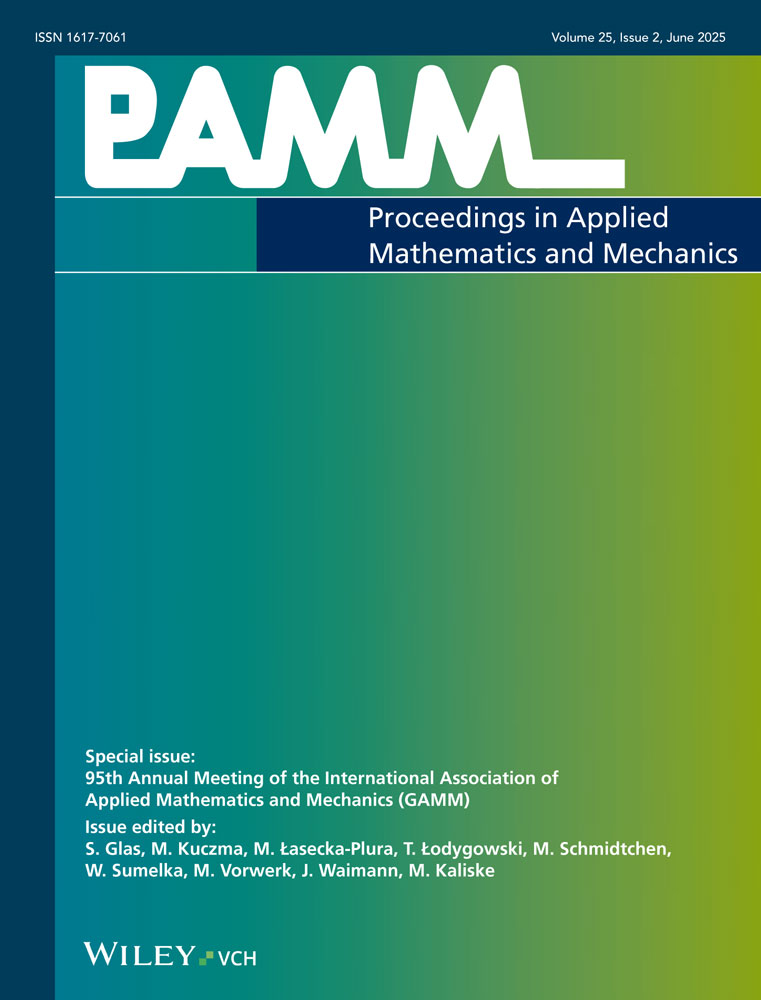The Reduced Basis Method for Time-Harmonic Maxwell's Equations
Abstract
The Reduced Basis Method (RBM) generates low-order models of parametrized PDEs to allow for efficient evaluation of the input-output behaviour in many-query and real-time contexts. The RBM approach is decomposed into a time-consuming offline-phase, which generates a surrogate model and an online phase, which performs fast parameter evaluations. Rigorous and sharp a posteriori error estimators play a crucial role in the greedy process to generate the surrogate model and give bounds to the output quantities in the online phase.
We show the theoretical framework in which the Reduced Basis Method is applied to Maxwell's equations arising from semiconductor interconnect structures and present first numerical results for model reduction in frequency domain. (© 2012 Wiley-VCH Verlag GmbH & Co. KGaA, Weinheim)




